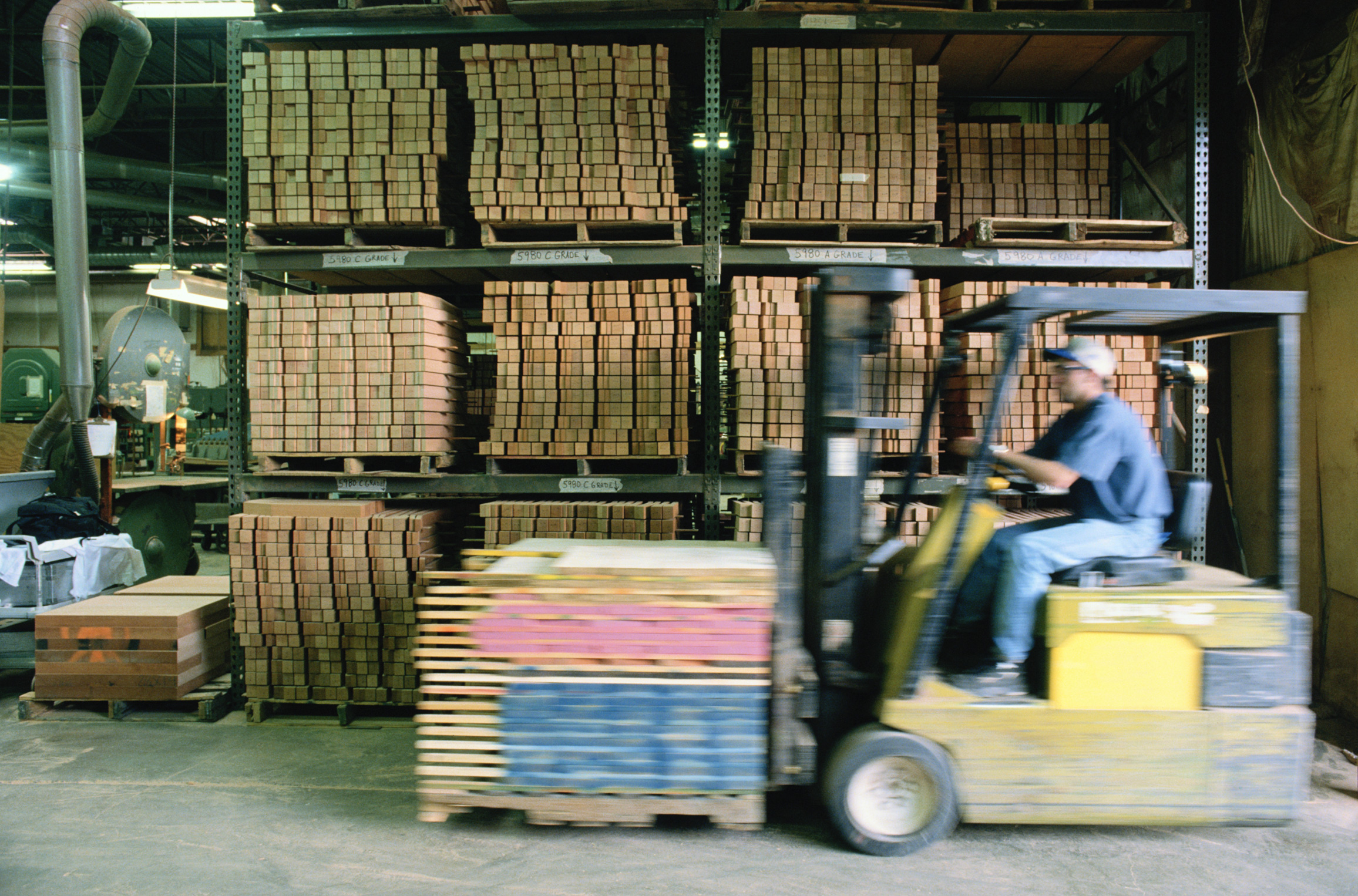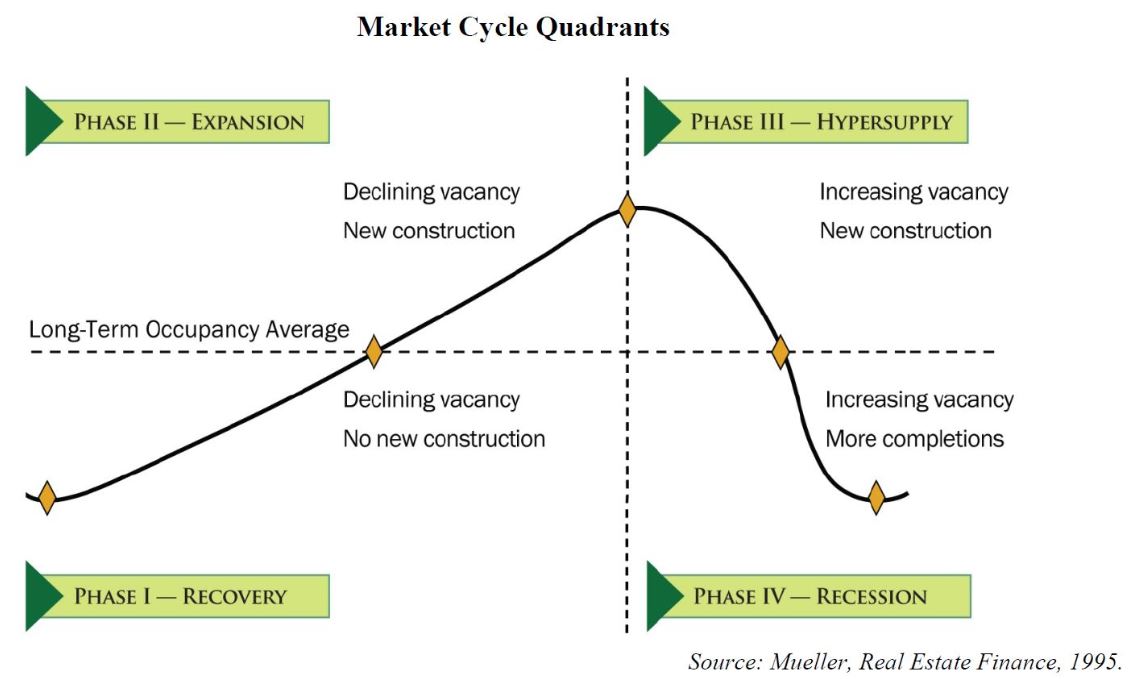
Tampabay / October 5, 2022
U.S Supply Chain Trends: The Rise of Onshoring
Adjusting to life after the pandemic has certainly had its ups and downs. One topic that has been top of mind for just about every industry, as you probably guessed, is the U.S Supply Chain. Between the rise of e-commerce impacting already strained supply chains and the market volatility and economic challenges that resulted from the pandemic, it’s left U.S manufacturing and logistics sectors scrambling to find new solutions.
So what are some of the trends to watch as the country adapts to these new challenges?
You can expect to see many companies bringing their companies back to U.S soil, in a process that we call on-shoring. We are continuing to see growth in international trading, however, the movement of goods across regions has fallen significantly from 28.1% in 2007 to 22.5% in 2017. This number is continuing to fall as countries across the globe are finding new lower-cost markets within their own national borders, specifically China and the U.S.
With the massive supply chain disruption that occurred throughout the pandemic and new consumer expectations for next-day delivery services brought to you by Amazon, companies are developing new supply chain models that can offer this delivery service profitably and improve product availability.
Two major factors also driving this need are both fuel and shipping container costs, which are currently well above historical levels. Identifying new opportunities for facilities that are spread across the supply chain to avoid potential disruptions, cut costs, and meet consumers’ needs is going to be top-of-mind for just about everyone. This also allows businesses to have greater control over the products they are producing for their consumers.
REjournals interviewed Robert Smietana, vice chairman, and chief executive officer of HSA Commercial real estate and he stated that “It’s also more cost-efficient for companies to manufacture products near their customer base, Smietana said. Even with labor being cheaper in many overseas locations, increased shipping and distribution costs make manufacturing overseas a more expensive proposition today. And as fuel prices remain high, these costs will only continue to rise.
“A lot of companies were looking at onshoring before COVID,” Smietana said. “The pandemic just reinforced their concerns. Right now, every manufacturer and distributor of goods is taking a hard look at their options, and many are considering moving their operations back to the United States.’
However, those aren’t the only factors putting pressure on companies looking for new supply chain strategies.
Another major factor businesses now have to take into account is their carbon emissions output and sustainability practices. Transport is the biggest contributor to carbon emissions for most supply chains, accounting for about 80% of their total emissions. Resulting in supply chain managers looking for new ways to reduce their carbon footprint to meet aggressive future ESG targets. Consumers and investors alike are rewarding corporations that are making environmental preservation a priority.
Thus, bringing the manufacturing and storage of goods closer to the consumer, not only can help alleviate high transportation costs for these companies but reduces their environmental impact as well.
So how does all of this impact the industrial real estate sector?
This equates to more opportunities for growth in specific markets across the country and an even greater demand for modernized industrial and logistics buildings. With economic uncertainty looming overhead, industrial developers have been taking a conservative approach to speculative development. We have seen an increase in build-to-suit rates, ranging from 30-40% of total development, compared to 10-20% at the height of the last economic growth cycle. Indicating that developers are prioritizing their output based on the needs of occupiers’ preferences to location and asset customization.
As population and consumer growth continues to rise in certain regions across the country, the demand for industrial development remains strong. Developers are working aggressively to meet the requirements of these new supply strategies and increasing demand for space.
China is a great example of what we can expect to see over the next few years.
Over the past 30 years or so, China’s rapid economic growth has now left the country as a major player in the overall global supply chain. They currently account for 20% of all global gross output of goods. They have started building a vast system of domestic manufacturing practices that produces every outcome mentioned above, as well as bringing more jobs and economic development to their own communities.
As U.S companies start to build and develop new strategies to ease the headache of current supply chain disruptions, we are expecting to see similar results for domestic markets across the county.
—————————————————————————————————————————–
If you’re interested in speaking with an experienced industrial and land real estate advisor about your property or business, feel free to reach out to our team for more information.
John Jackson, SIOR, CCIM. | Managing Director
813 424 3202 | John.Jackson@cushwake.com
JT Faircloth | Director
813 833 3242 | Jt.Faircloth@cushwake.com
Casey Perry | Associate
813 233 6464 | Casey.Perry@cushwake.com
Sources:
https://www.mckinsey.com/featured-insights/innovation-and-growth/globalization-in-transition-the-future-of-trade-and-value-chains#part3
https://www.cushmanwakefield.com/en/insights/the-most-disruptive-decade-in-supply-chain-history-six-key-trends-to-watch
« Previous Next »



